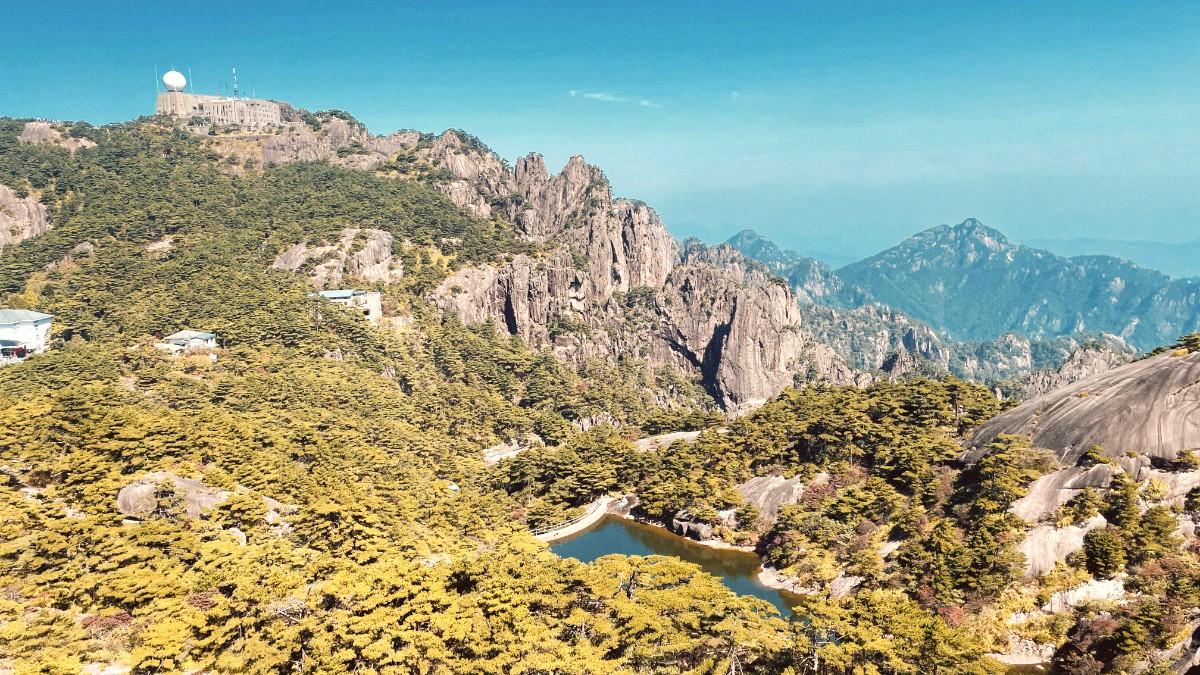
Anhui, China
Huangshan City (Tunxi) has a comprehensive network of public buses. These routes connect areas like Tunxi Ancient Street, Huangshan North Railway Station, and Huangshan Tunxi International Airport. The city buses are generally clean and efficient.
Dedicated tourist buses operate frequently from Tunxi (Huangshan City) and Huangshan North Railway Station to Tangkou Town. Tangkou is the gateway to the Huangshan Scenic Area, home to the visitor center and cable car entrances. Scenic area management operates these buses.
Route maps are available at bus stations and online. Hubs in Tunxi include Huangshan North Railway Station and Tunxi Bus Station.
Public buses generally have steps and may not offer full accessibility for travelers with mobility challenges. Wheelchair ramps are uncommon.
Use local navigation apps like Baidu Maps for real-time routes. Have small cash denominations or mobile payment ready.
Extensive network connecting city points.
Direct routes to Huangshan Scenic Area.
WeChat Pay/Alipay are the main payment methods.
Generally efficient, especially tourist routes.
Taxis and ride-sharing services offer convenient and flexible transport within Huangshan City and to the base of the mountain.
Taxis are generally easy to find in urban areas; DiDi offers broader coverage.
Both generally offer comparable rates, but DiDi's upfront pricing can be clearer.
DiDi's in-app translation for messages with drivers can be helpful.
Driving or riding personal vehicles as a tourist in Huangshan presents specific challenges and limitations.
Within the Huangshan Scenic Area, privately owned vehicles are prohibited.
Tourists must use official park buses to travel from Tangkou to cable car stations.
These buses are usually included in the scenic area entrance ticket or paid separately depending on your specific ticket type and route.
They run frequently and are well-organized for visitor flow.
Road conditions and driving laws are not applicable for foreign tourists planning to drive themselves.
For hired vehicles, local drivers navigate conditions which are generally good on major roads.
Huangshan utilizes unique transportation methods to navigate its mountainous terrain and provide access to its peaks.
Travels from Yungu Temple to White Goose Ridge. Part of the eastern route, popular for ascending.
Connects Taiping to Pine Valley (Songgu) scenic area. This is the northern route, often used for a different descent or ascent point.
Runs from Ciguang Pavilion to Jade Screen Peak. This is part of the southern route, known for accessing the Greeting Pine.
Huangshan's specialized transportation systems are designed to navigate its unique mountainous terrain. They offer efficient ways to access stunning viewpoints.